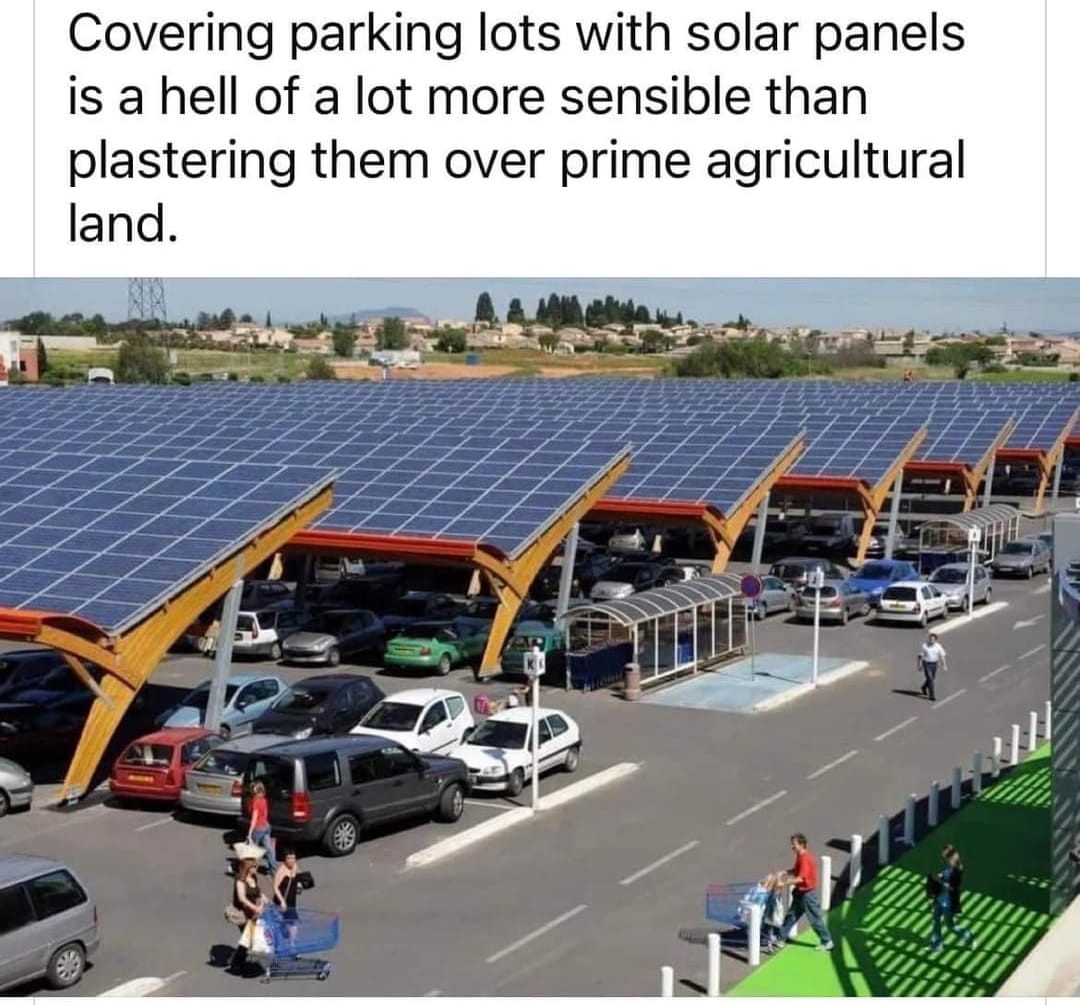this post was submitted on 13 Jul 2024
1044 points (100.0% liked)
196
18381 readers
814 users here now
Be sure to follow the rule before you head out.
Rule: You must post before you leave.
Other rules
Behavior rules:
- No bigotry (transphobia, racism, etc…)
- No genocide denial
- No support for authoritarian behaviour (incl. Tankies)
- No namecalling
- Accounts from lemmygrad.ml, threads.net, or hexbear.net are held to higher standards
- Other things seen as cleary bad
Posting rules:
- No AI generated content (DALL-E etc…)
- No advertisements
- No gore / violence
- Mutual aid posts are not allowed
NSFW: NSFW content is permitted but it must be tagged and have content warnings. Anything that doesn't adhere to this will be removed. Content warnings should be added like: [penis], [explicit description of sex]. Non-sexualized breasts of any gender are not considered inappropriate and therefore do not need to be blurred/tagged.
If you have any questions, feel free to contact us on our matrix channel or email.
Other 196's:
founded 2 years ago
MODERATORS
you are viewing a single comment's thread
view the rest of the comments
view the rest of the comments

Yes.
Land use doesn't determine baseline soil quality, but soil quality often determines land use.
Seems like solar panels can be easily relocated when the land is desired to be used for agriculture. I admittedly don’t know what the loss would be on some of the power infrastructure for routing this would be though.
I believe they are relatively hard to move, but I'm not a solar expert by any stretch (though it's a different story when it comes to soil).
Somewhat related: putting panels on reclaimed tailings ponds or waste rock dumps is a good idea, in that usually these have an engineered cover (rock/soil/LDPE) That limits rooting depth (don't want plants reaching what we are trying to protect [toxic waste]) so we plant grasses and shit rather than trees. Grasses + panels is the best of both cover stability and green energy